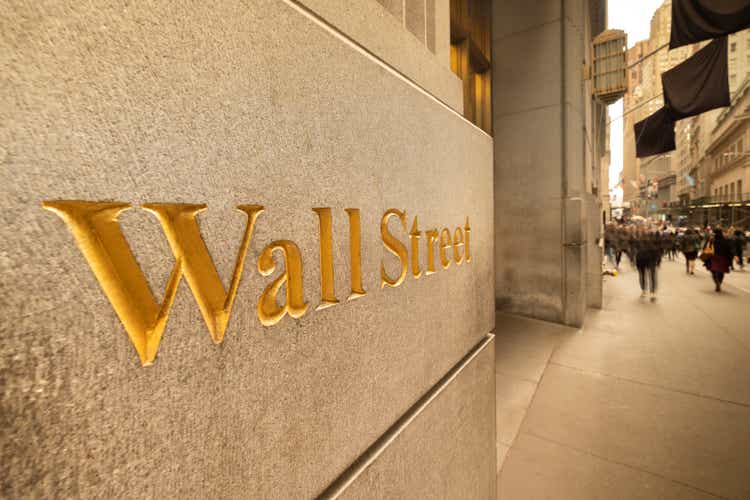Market Performance
The major market averages drifted lower on Tuesday following a late rally in the previous session.
Early on and the Nasdaq Composite (COMP.IND) was -0.1%, the S&P 500 (SP500) was -0.1%, and the Dow (DJI) was -0.1%.
Overall Market Trends
Stocks finished higher Monday after “an adrenaline shot came through in the last hour of US trading … as the US Treasury announced lower-than-expected borrowing estimates for Q1 and Q2 2024,” Deutsche Bank’s Jim Reid said.
“The market will next be watching the details of the Treasury’s coupon auction sizes in tomorrow’s refunding statement. Recall that the last quarterly refunding announcement on 1 November marked the start of the dramatic bond rally into year-end.”
Bond Market
Rates were lower. The 10-year Treasury yields (US10Y) fell 3 basis points to 4.06% after the biggest decline in yields year-to-date on Monday. The 2-year yield (US2Y) fell 1 basis point to 4.31%.
Real Estate Market
Home prices rose less than expected in November according to the latest S&P CoreLogic Case-Shiller report. HPI Composite for 20 cities, seasonally adjusted came in at +0.1% M/M versus the forecasted +0.4% level and +0.6% prior reading.
Economic Data and Projections
Shortly, the December JOLTS report hits. Job openings are expected to fall to 8.75M.
“We are much more interested in the quits rate, which in November dipped to its lowest point since September 2020,” Pantheon Macro’s Ian Shepherdson said. “A single monthly print proves nothing, because these data also are subject to revisions, but the quits rate already was low enough, before the November dip, to signal wage growth slowing to a pace consistent with 2% inflation.”
“A sustainable further decline, would make the Fed more comfortable with the state of the labor market, even if job growth remains quite strong.”
“At the same time the Conference Board’s measure of consumer confidence is due. The forecast is for a rise to 115.”
“Soaring stocks and cheaper gas are boosting consumers’ sentiment,” Shepherdson said.
“Stepping back from the impact of short-term swings in gas and stock prices, the rising trend in sentiment presumably is being supported by the plunge in inflation, the drop in mortgage rates since late last year, and the steady gains in payrolls,” he added. “None of these forces is likely to reverse anytime soon, although some slowdown in spending growth is likely from the breakneck pace in the second half of 2023.”

